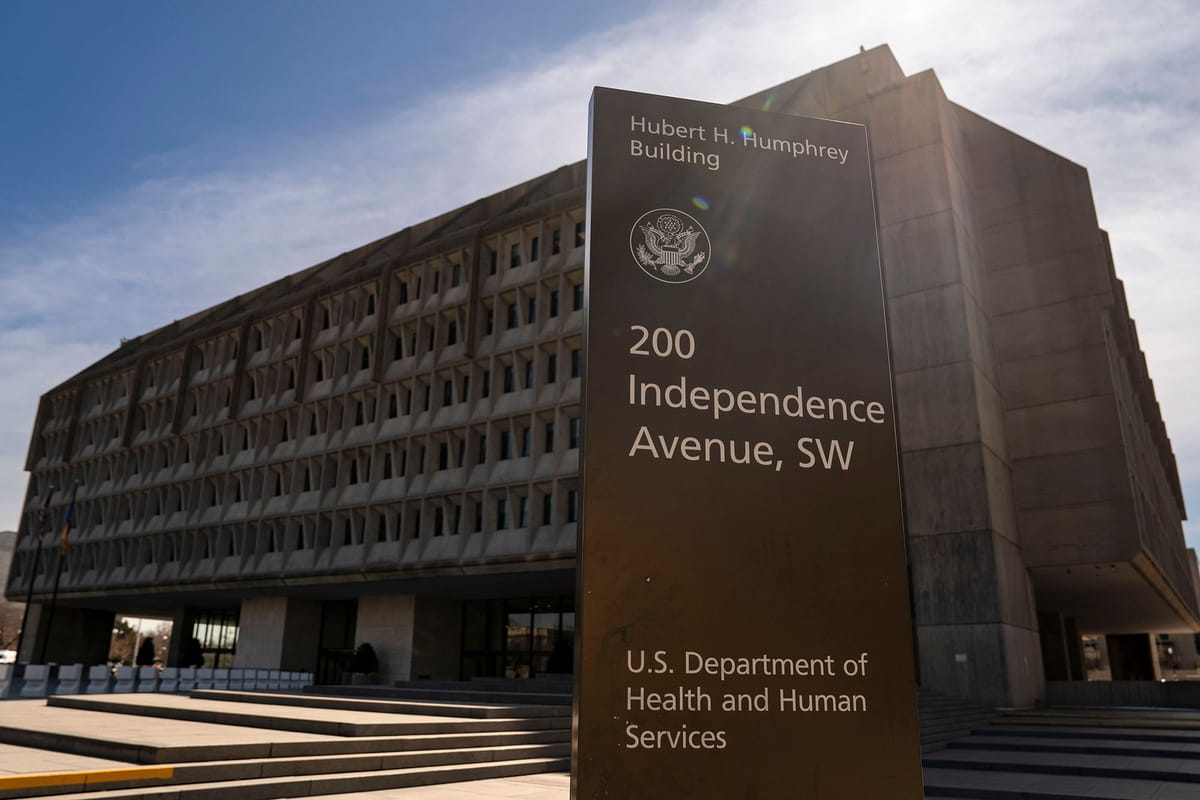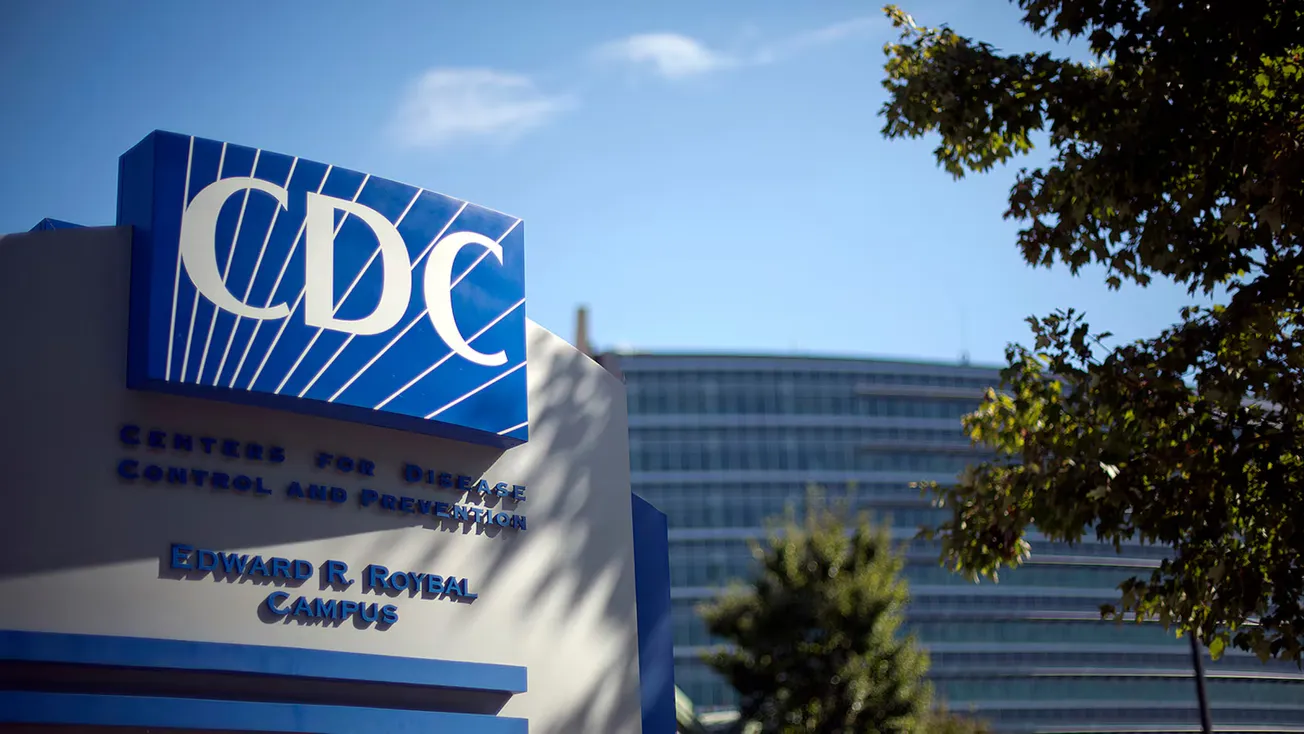WASHINGTON – Hundreds of federal health workers, including senior doctors and agency leaders, received notices early Tuesday morning informing them that they were losing their jobs. The layoffs are part of a vast restructuring effort that will significantly reduce the workforce at agencies responsible for regulating food and drugs, tracking disease outbreaks, and researching medical treatments.
Health Secretary Robert F. Kennedy Jr. had announced plans last week to cut 10,000 employees from his department. As part of the restructuring, some senior officials in the Washington, D.C., area were reassigned to Indian Health Service (IHS) territories, a move that employees described as a tactic to force them out due to the requirement of relocating to remote areas.
The layoffs and previous departures will reduce the department’s workforce from 82,000 to 62,000.

According to the New York Times, notices began arriving as early as 5 a.m. Tuesday morning, affecting workers in offices that oversee global health, medical devices, and communications. Some employees had prior knowledge of the cuts, while others were caught by surprise. At the Food and Drug Administration (FDA), about 3,500 staff members were let go, including senior leaders and personnel involved in food safety, drug approvals, and medical device regulations. Some discovered their termination when they could not scan their badges to enter the building on Tuesday morning.
Key departures at the FDA included the top tobacco regulator, Brian King, who was reassigned to an IHS regional office in Alaska. Employees overseeing veterinary medicine and those handling new drug application reviews were also among those laid off.
At the Centers for Disease Control and Prevention (CDC), layoffs affected 2,400 employees. The reorganization seemed to narrow the agency’s focus to infectious diseases, cutting entire departments studying chronic illnesses, environmental health, injuries, asthma, lead poisoning, smoking, and the impact of extreme heat and wildfires.
Even some infectious disease teams were eliminated, including one focused on vaccine accessibility for underserved communities and another working to prevent mother-to-child transmission of HIV. Jonathan Mermin, the director of the CDC’s HIV and sexually transmitted diseases division, was placed on administrative leave, while teams leading HIV surveillance and research within the division were laid off.
Several directors at the National Institutes of Health (NIH) received reassignment notices to IHS territories, with a deadline of Wednesday for accepting the move. Among those affected were Dr. Jeanne Marrazzo, who succeeded Dr. Anthony S. Fauci as director of the National Institute for Allergy and Infectious Diseases, and Shannon Zenk, head of the National Institute of Nursing Research.
The NIH, CDC, and FDA communications offices were particularly hard hit. Renate Myles, the NIH communications director, was among those reassigned. Secretary Kennedy, who promised "radical transparency," stated that he wanted to consolidate all agency communications under his direct supervision.
The H.H.S. “is centralizing communications across the department to ensure a more coordinated and effective response to public health challenges, ultimately benefiting the American taxpayer,” Emily Hilliard, deputy press secretary for the department, said in an email to NYT on Friday.
The widespread layoffs and restructuring efforts have raised concerns about these agencies' future capacity to respond to public health crises, regulate critical medical products, and conduct essential research.








